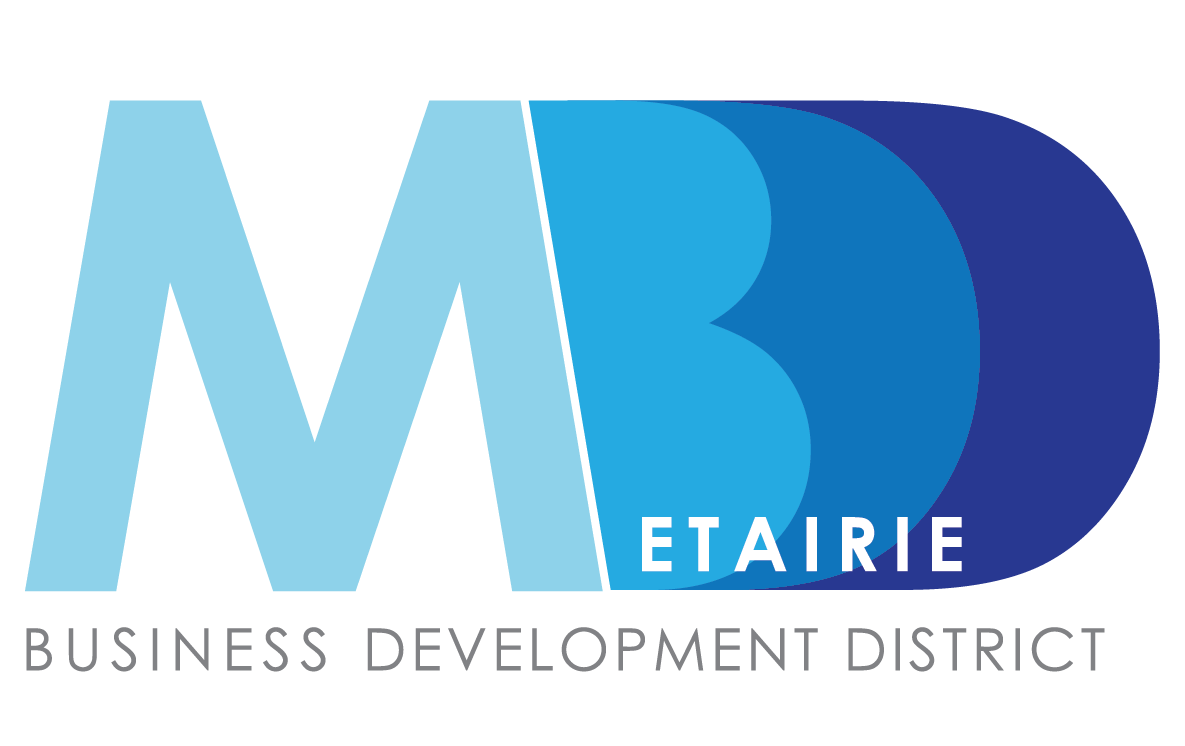Fat City: A prime target for redevelopment to complement downtown New Orleans and serve the suburban population.
Built in the early 1970s with nightclubs, presumably in anticipation of legalized gambling
Attracted wealthy, middle-aged population looking for entertainment outside of the central city
Characterized by shoddy construction and the lure of quick money
Area peaked in mid-1970s, “newness” wore off; and a younger, less wealthy crowd “moved the party to the street”
Underage drinking, litter, and noise drove off older, wealthy crowd
Businesses began to empty, the area continued to deteriorate, and some property owners insisted on change
In 1977, the Parish conducted its first study of the area
““Fat City had an inside charm of sorts.” ”
What We've Achieved
1986
New zoning makes bars and adult uses legally nonconforming
Bars continued, problems persisted
2001
Jefferson EDGE 2010 called for “quality of life plans” to retain and attract residents
Metairie CBD Land Use and Transportation Plan adopted (RPC)
Called for additional study of Fat City
2008
Metairie CBD Special District created (LA RS 33:1420.19)
Metairie CBD Economic District No. 1 created by Ord. No. 2263
2009
Fat City Strategic Redevelopment Plan adopted by Ordinance No. 23627, one of JEDCO’s “quality of life plans” and a subarea plan of Jefferson Parish’s Comprehensive Plan
Called for new zoning and amortization of adult uses (2012) and nonconforming signs (2015)
2010
Fat City Zoning and Street Improvement Plan adopted by Ordinance No. 23881; included early closing hours for bars
2011
Fat City Advisory Board created to make recommendations on remaining implementation tasks
Early bar closing hours upheld by courts
2012
Last adult use amortized out of Fat City
First redevelopment projects approved under new zoning
2013
Council adopted Final Report of Fat City Advisory Board as addendum to Strategic Plan
Included Capital Improvement Program
Nonprofit Friends of Fat City, Inc. created
2014
State legislature to consider amendments to Metairie CBD Economic Development District to enable BDD

